Pros and Cons of Redmi Pad, Xiaomi's Affordable Tablet
Xiaomi is once again making waves with the relaunch of its Redmi Pad, a tablet boasting superior quality and stunning specifications at an affordable price.
Despite its budget-friendly price, the Redmi Pad offers numerous features that prove highly beneficial for supporting various activities, and it even outperforms competitors in its class.
The tablet comes equipped with a powerful chipset optimized for gaming, an ultrawide selfie camera perfect for video calls, and an impressive battery life. For a better understanding of its pros and cons, let's explore the advantages and disadvantages of the Redmi Pad in more detail.
| Pros | Cons |
|---|---|
| • Fast performance with Helio G99 chipset • Impressive 90 Hz refresh rate • Enhanced audio experience with stereo speakers • Long-lasting battery life with 18 W fast charging • Expandable storage with microSD slot • Ultrawide Front Camera • Premium Unibody Design | • Limited Multitasking Capabilities • No 3.5 mm Jack Audio Port • No fingerprint scanner • No cellular variant |
Knowing the advantages mentioned above, it is clear that the Redmi Pad is one of the top devices in an affordable price range. The Carisinyal team has provided a detailed analysis of the pros and cons of this Xiaomi tablet for a more complete understanding. Let's delve into it and explore further!
Pros of Redmi Pad
The Redmi Pad offers at least seven noteworthy advantages, namely:
1. Fast Performance with Helio G99 Chipset

Xiaomi has not compromised the performance of the Redmi Pad despite its low price. The tablet houses the MediaTek Helio G99, manufactured using a 6 nm process and featuring a top-notch octa-core processor configuration.
The Helio G99 is an upgrade from the previous Helio G96 chipset. It is commonly found in mid-range smartphones like the Tecno Pova 4 Pro, Realme 10, Infinix Note 12 (2023), POCO M5, and Vivo V25e.
The Helio G99 features a high-performance cluster with four 2.2 GHz Cortex A76 cores and a power-saving cluster with six 2 GHz Cortex A55 cores. The Mali G57 MC2 GPU handles graphic rendering.
The Redmi Pad offers superior performance in comparison to other devices in the same price range. Competing tablets, such as the Samsung Galaxy Tab A8 10.5 (2021) with the Unisoc Tiger T618 and the Realme Pad with the Helio G80, use simpler chipsets.
Moreover, the Redmi Pad is available in three memory configurations: 3 GB/64 GB RAM, 4 GB/128 GB RAM, and 6 GB/128 GB RAM. It utilizes LPDDR4x RAM and UFS 2.2 standard internal storage, resulting in faster data transmission and game loading experiences than eMMC 5.1.

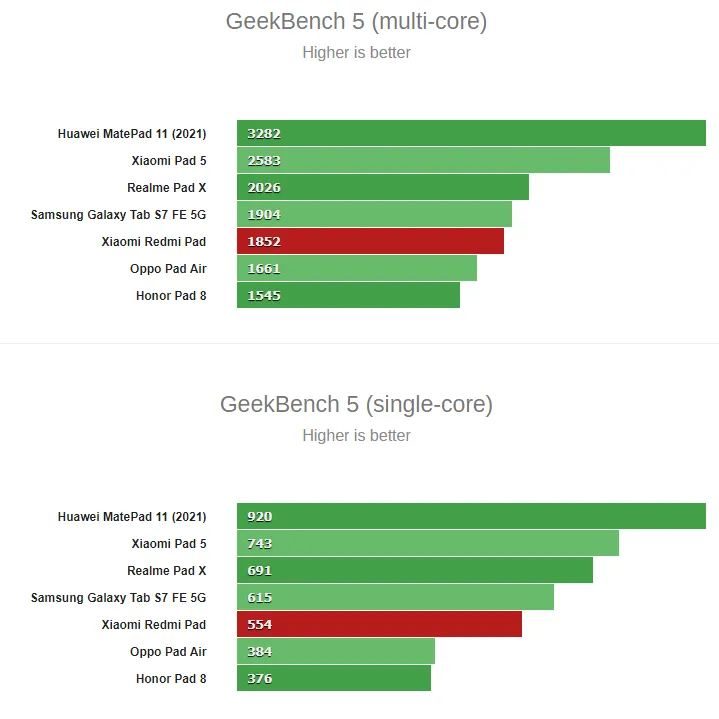
Benchmark scores confirm the Redmi Pad's outstanding performance. It obtains 319,007 points on AnTuTu v9, an acceptable result for any Helio G99-powered device. According to GSM Arena, Geekbench 5 testing yields a multi-core score of 1852 and a single-core score of 554.
Surprisingly, the Helio G99 outperforms the Snapdragon 680 found in the OPPO Air Pad and Honor Pad 8, with AnTuTu v9 scores of approximately 250,000.
According to the YouTube channel Pricebaba.com, the Redmi Pad supports graphics settings such as Smooth-Ultra, Balance-Ultra, and HD-HHigh when running PUBG Mobile. The Smooth-Ultra setting guarantees lag-free gameplay with no frame drops, and even at the maximum graphics settings, less demanding games like Mobile Legends work effortlessly.
Overall, the Redmi Pad's exceptional performance satisfies gamers, and Xiaomi deserves credit for delivering such high performance on an affordable tablet.
2. Impressive 90 Hz Refresh Rate
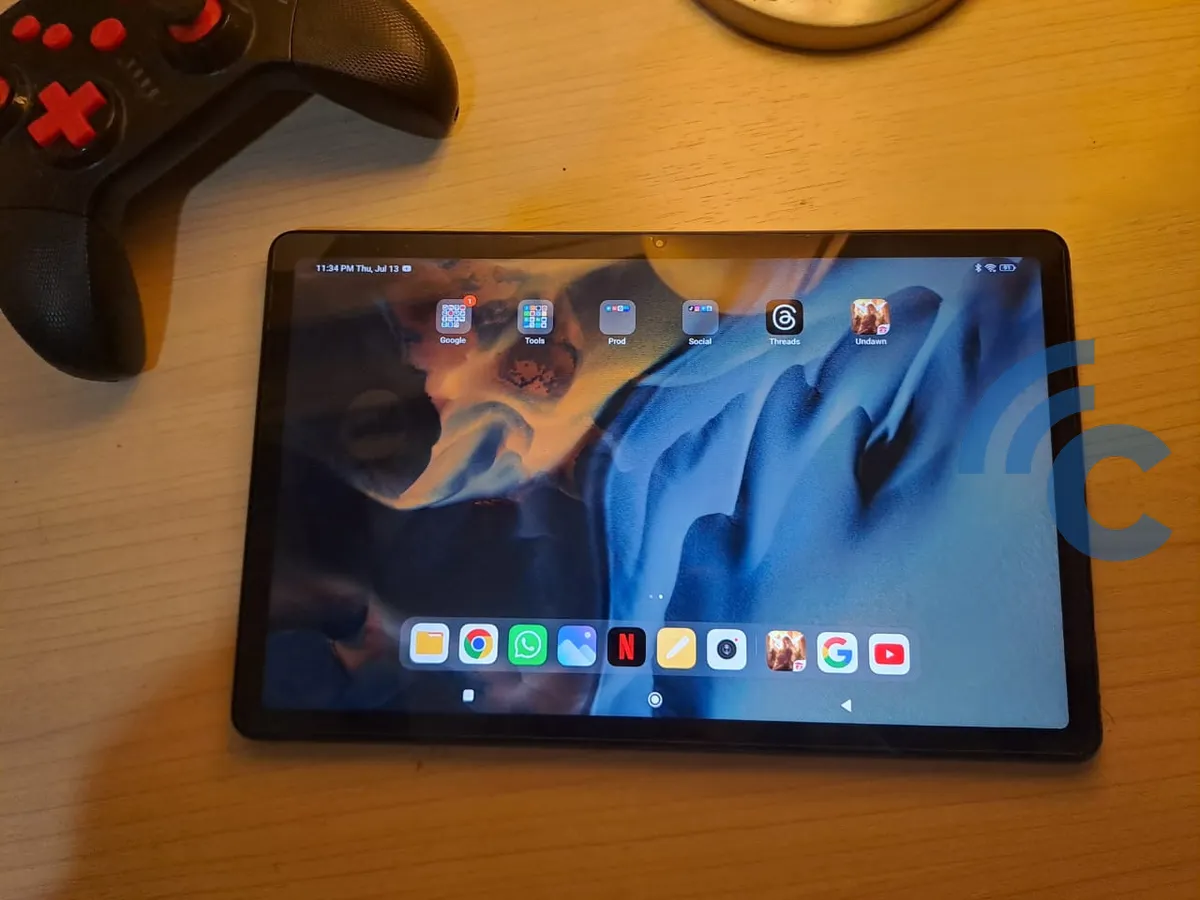
One of the key reasons to choose a tablet over a smartphone is its larger screen, and the Redmi Pad doesn't disappoint in this aspect. Although it utilizes an IPS LCD panel instead of the pricier AMOLED panels found in high-end tablets, it still offers excellent visual features.
The Redmi Pad has a 10.61-inch display that supports 1 billion colors and a typical brightness level of 400 nits, making it suitable for outdoor use. The pixel density of the 2K resolution of 1200 x 2000 pixels with a 5:3 aspect ratio is 220 ppi.
GSM Arena's confirmation of the tablet's brightness reaching 402 nits and a contrast ratio of 1529:1 underlines its display quality. Moreover, YouTuber Harsh Punjabi from Technolobe praised the screen's color accuracy, validating Xiaomi's claim of 10-bit colors.
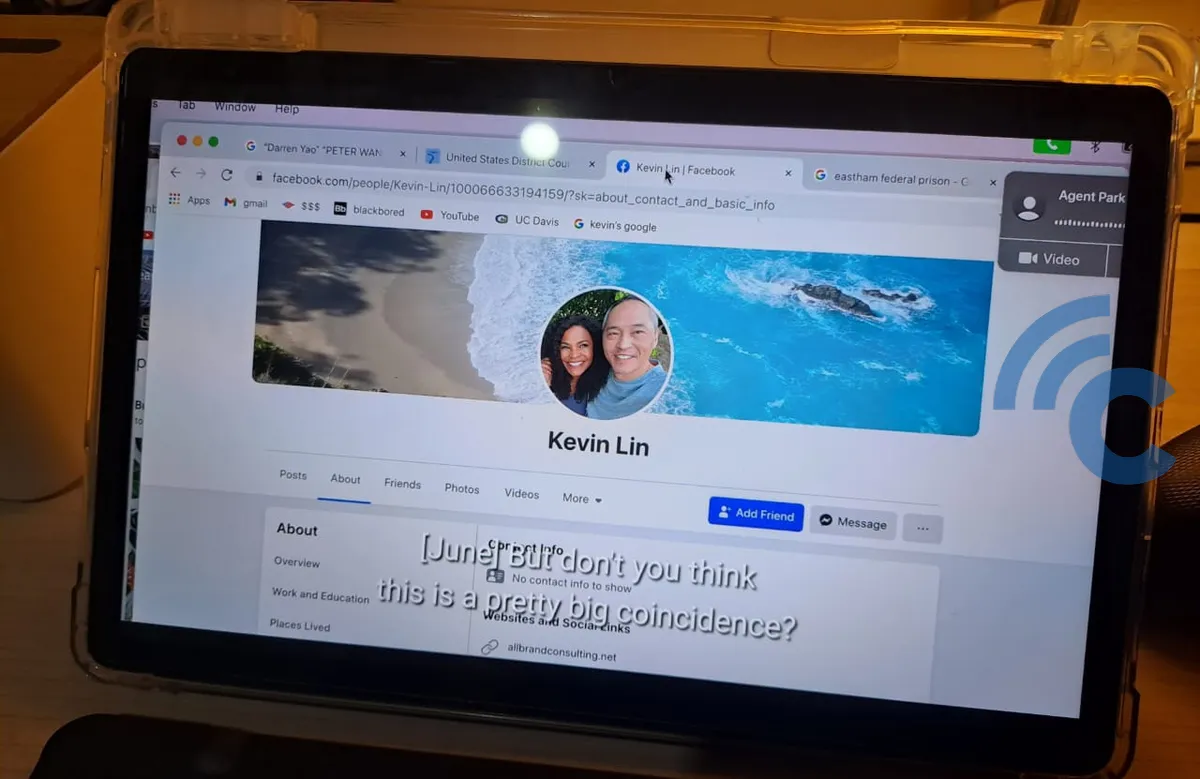
Additionally, the display has Widevine L1 certification, allowing users to enjoy Netflix content in Full HD+ resolution. The Redmi Pad provides an immersive viewing experience despite lacking HDR or Dolby Vision certification due to its reduced contrast ratio compared to OLED panels.
Customization options for the display are also intriguing. Users may select a color profile matching the sRGB color space or manually modify the color temperature using the color picker.
The Redmi Pad's refresh rate settings increase the device's appeal. In the default configuration, users can set the refresh rate at 60 Hz or choose a dynamic refresh rate, where the screen operates at 60 Hz in static conditions and 90 Hz in games that support higher refresh rates. Games like Alto's Odyssey benefit from this smooth experience.
It's remarkable that the Redmi Pad remains an affordable tablet with such an impressive display, making it a compelling choice for users seeking high-quality visuals on a budget.
3. Enhanced Audio Experience with Stereo Speakers
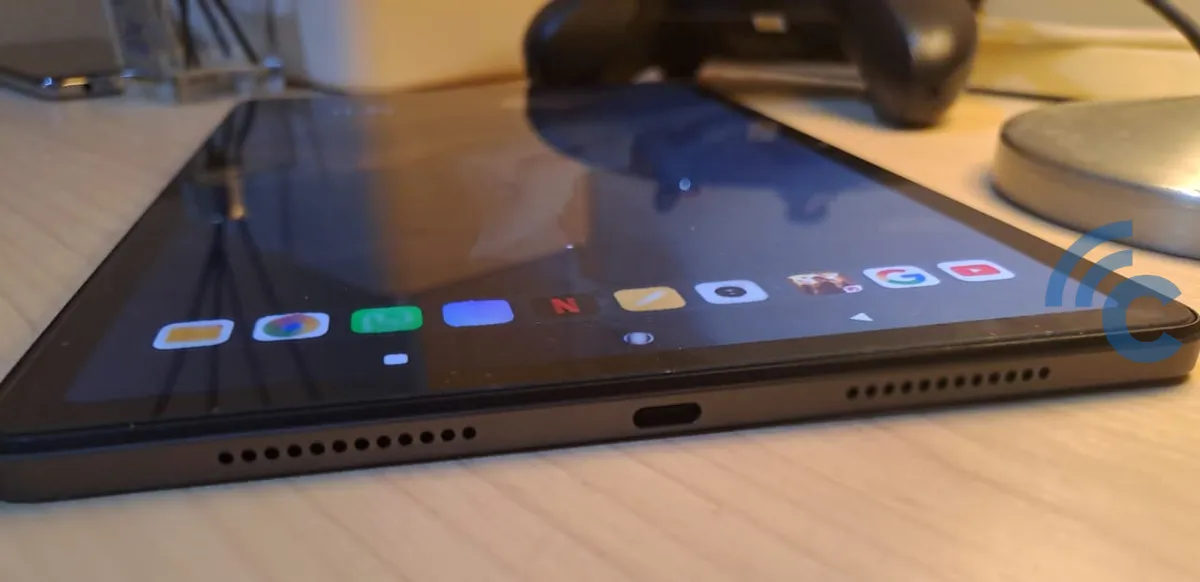
A stunning screen alone is not enough; adequate speakers are essential for an immersive multimedia experience. The Redmi Pad is equipped with four stereo speakers, two on each side, to ensure a balanced audio output. These speakers produce high-quality sound using Dolby Atmos and Hi-Res Audio settings.
In its review, GSM Arena praised the Redmi Pad's speakers for achieving an impressive decibel level of -23.9 LUFS. Notably, the speaker quality exceeds the average rating of -28.3 LUFS for the OPPO Pad Air.
4. Long-lasting Battery Life with 18 W Fast Charging
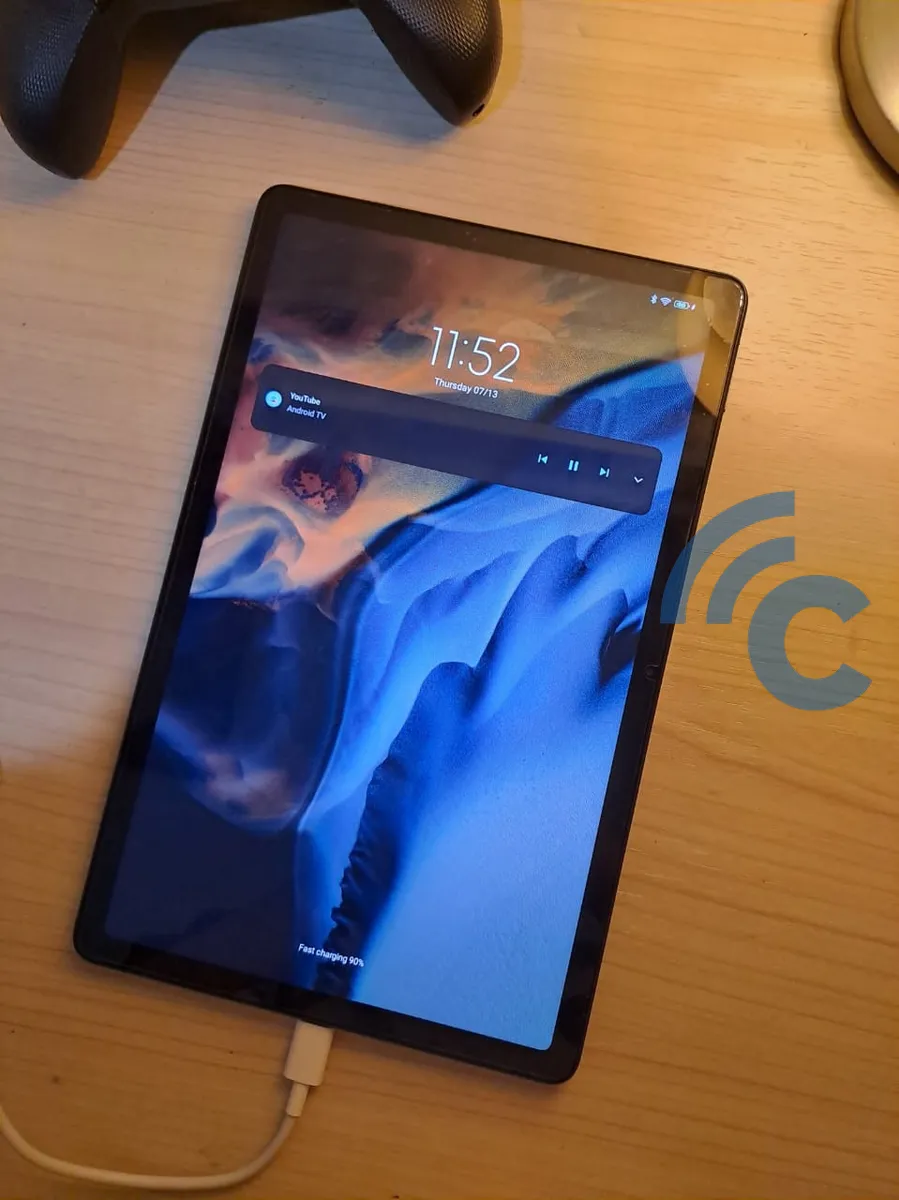
The Redmi Pad's battery capacity surpasses that of its competitors. While the Galaxy Tab A8 and Realme Pad have 7,000 mAh batteries, the Redmi Pad has an 8,000 mAh non-removable Li-Po battery, allowing for longer use than its competitors.
In addition, the Redmi Pad supports 18 W fast charging technology, which enables quick charging. According to GSM Arena, the tablet provides 15 hours and 46 minutes of web browsing and 13 hours and 40 minutes of video playback on a single charge.
Technolobe's video review reveals that the Redmi Pad can last up to two days with normal usage on one charging cycle, proving its remarkable battery endurance.
Even though the Redmi Pad comes with a 22.5 W charger, it only supports 18 W fast charging. Despite the fact that this may seem slow by today's standards, it is remarkable for a tablet given its less intensive utilization compared to smartphones.
Moreover, the Redmi Pad adopts the USB Type-C charging port, supporting USB on-the-go and making data transfer more practical and faster than the older microUSB 2.0.
According to tests conducted by GSM Arena, the Redmi Pad can be charged from 0% to 100% in just 2 hours and 21 minutes, which is faster than the OPPO Pad Air and Realme Pad, which require 2 hours and 25 minutes.
The consistent results reported by Technolobe further confirm the charging efficiency of the device, which can be fully charged in about two hours.
5. Expandable Storage with MicroSD Slot

The Redmi Pad has a maximum internal storage capacity of 128 GB, which is adequate for a tablet. Tablets typically have different usage patterns than smartphones, which may require this as a minimum for daily activities to run smoothly.
Most frequently used applications are usually stored on smartphones, which serve as daily drivers. Therefore, the 128 GB of internal storage on the Redmi Pad should be more than adequate for its intended purposes.
The tablet includes a microSD slot that supports memory expansion up to 1 TB to store additional games, applications, and files. This enables users to store music, pictures, documents, and videos on the microSD card, freeing up the 128 GB of internal storage space for games and applications only.
6. Ultrawide Front Camera
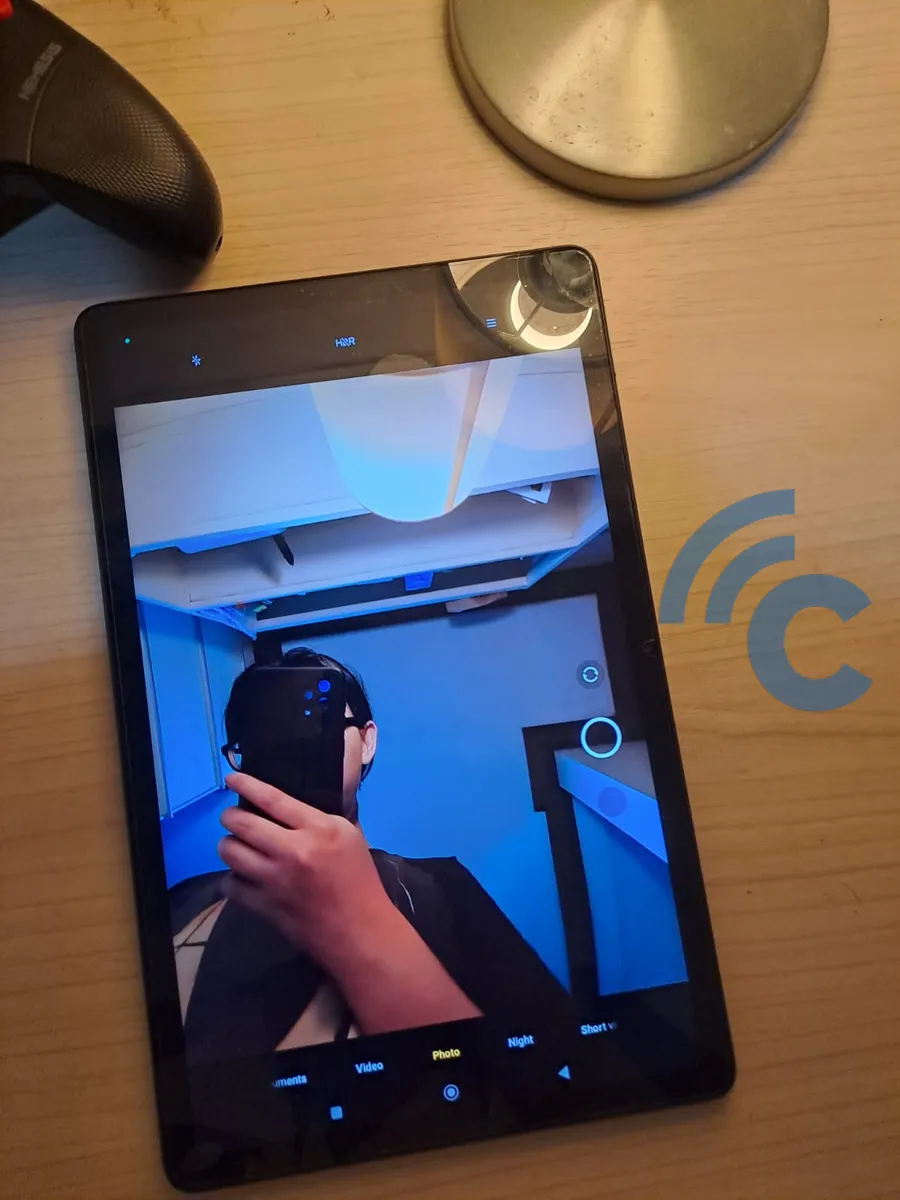
The Redmi Pad provides a standard 8 MP (f/2.0) rear camera with autofocus and 1080p video recording at 30 frames per second. While this configuration may appear ordinary, it is comparable to competing tablets such as the OPPO Pad Air, Realme Pad, and Samsung Galaxy Tab A8 10.5 (2021) and even outperforms the 5 MP rear camera on the Honor Pad 8.
The Redmi Pad's front ultrawide camera genuinely sets it apart from the competition. The tablet incorporates an 8 MP ultrawide sensor with an aperture of f/2.3 and a viewing angle of 105 degrees. This feature enables the front camera to capture a larger area in a single shot, making it ideal for video conversations and photographs.
The front camera's FocusFrame technology is another impressive addition. It automatically keeps the subject centered during video calls, even when the user moves around. For instance, if the tablet is placed on a table during a video call, the camera will intelligently follow the subject's movements, ensuring they stay in the frame at all times. This functionality is similar to Apple's Center Stage feature found on the iPad.
Interestingly, the Redmi Pad's front camera placement is better than that of the iPad Pro 12.9 (2022), as it is positioned on the wider side, which becomes the top when the device is viewed in landscape mode. This placement improves the user experience during video calls and selfies.
Even though the Redmi Pad's photography capabilities may not be on par with those of smartphones in the same price range, it still produces satisfactory results for a mid-range tablet. Here are the sample photographs:

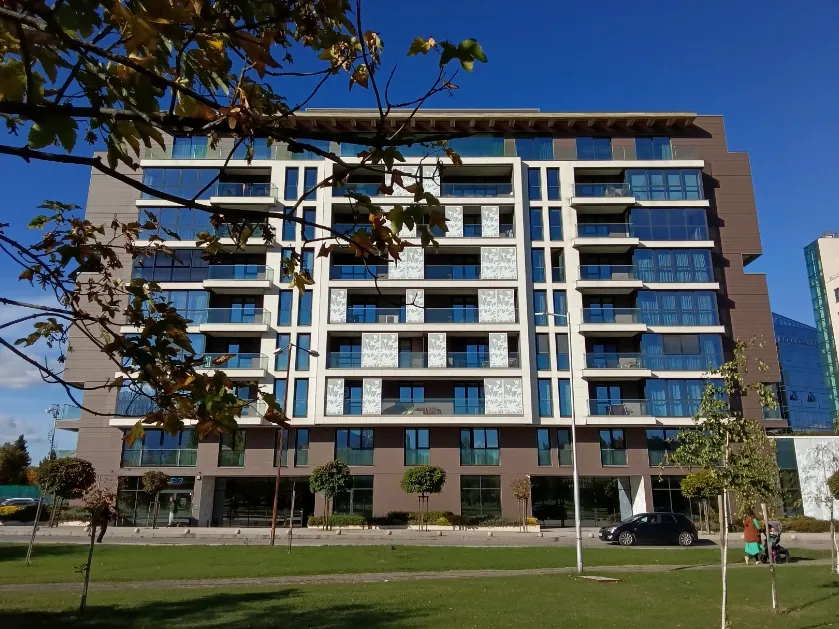
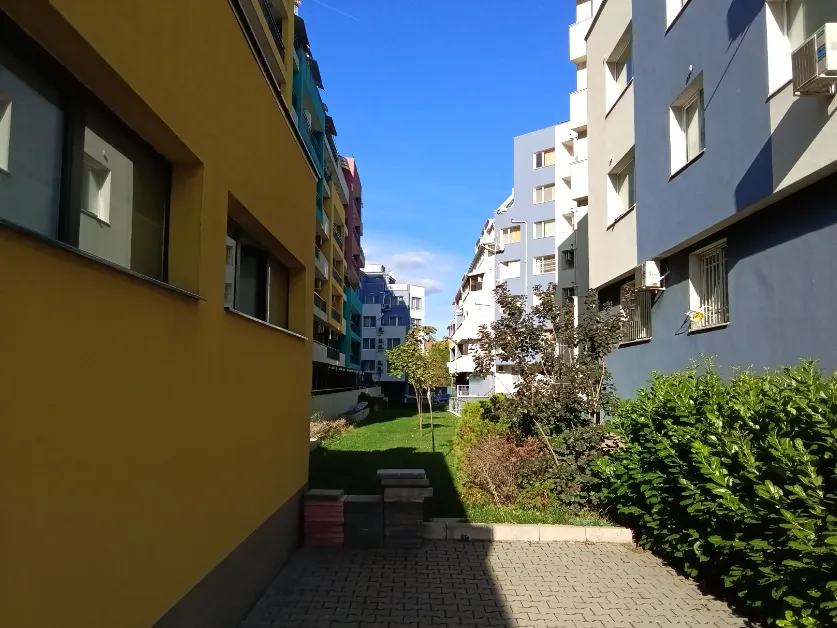
Reviewing the sample photos, the author concludes that the photo quality is adequate, even by smartphone standards. Notably, the blue sky has clearly defined clouds, indicating an excellent dynamic range.
Moreover, the photos' colors truly "pop" or stand out, enhancing their aesthetic appeal. The absence of delicate details in intricate sections, such as the leaves of a tree, is a drawback. Nonetheless, this is not a major concern, as even handsets in its price range struggle to display flawless details.
7. Premium Unibody Design
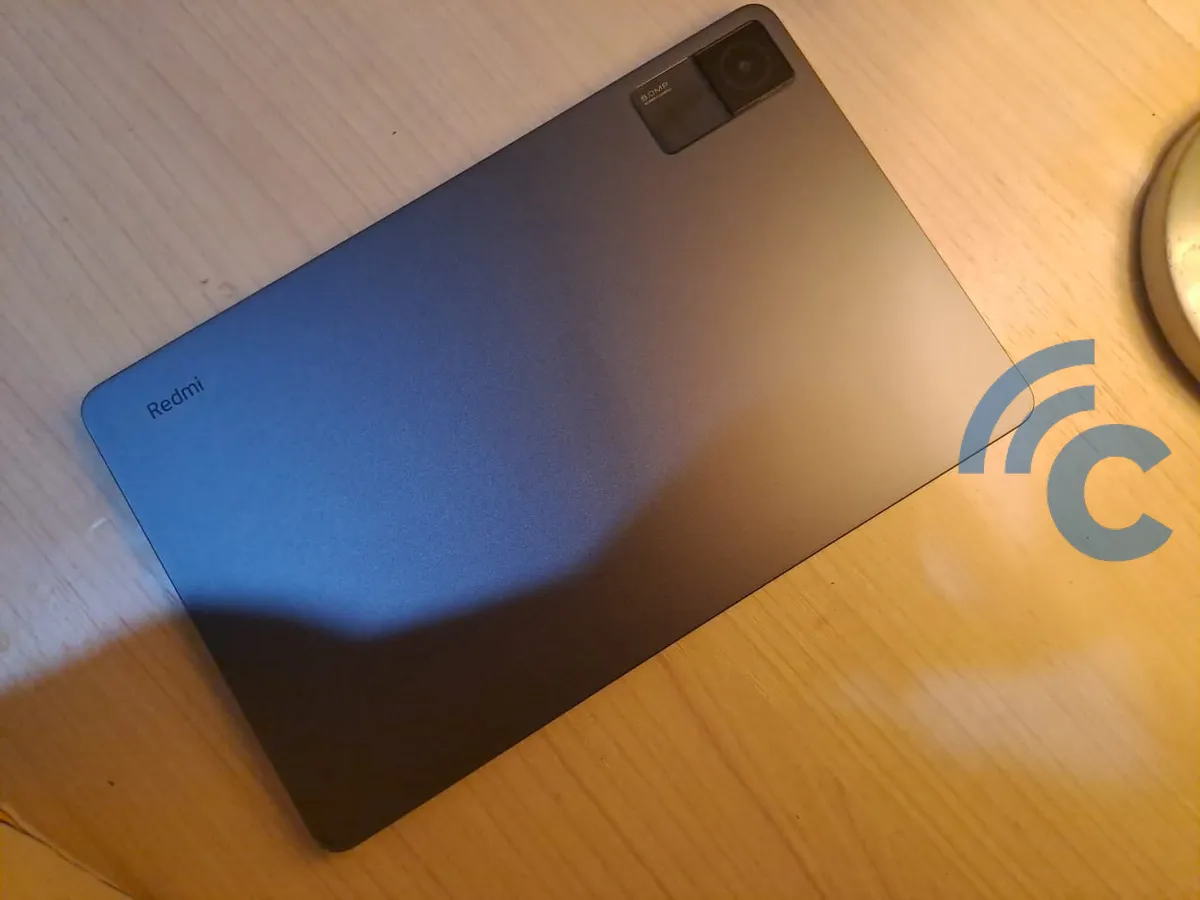
At first glance, the Redmi Pad's appearance may deceive anyone trying to guess its price. The tablet's design arises a sense of luxury that makes it easy to mistake it for a much more expensive device.
Even GSM Arena agrees, stating that the design of the Redmi Pad would still be appropriate if it cost twice as much. This shows Xiaomi's dedication to providing competitive features at reasonable prices.
The rear of the Redmi Pad features a metal unibody design with a satin finish that effectively resists fingerprint stains and maintains a clear appearance. Despite having a single camera, Xiaomi shows its creativity in the module design by enveloping the lens with rectangular elements, adding a stylish touch.
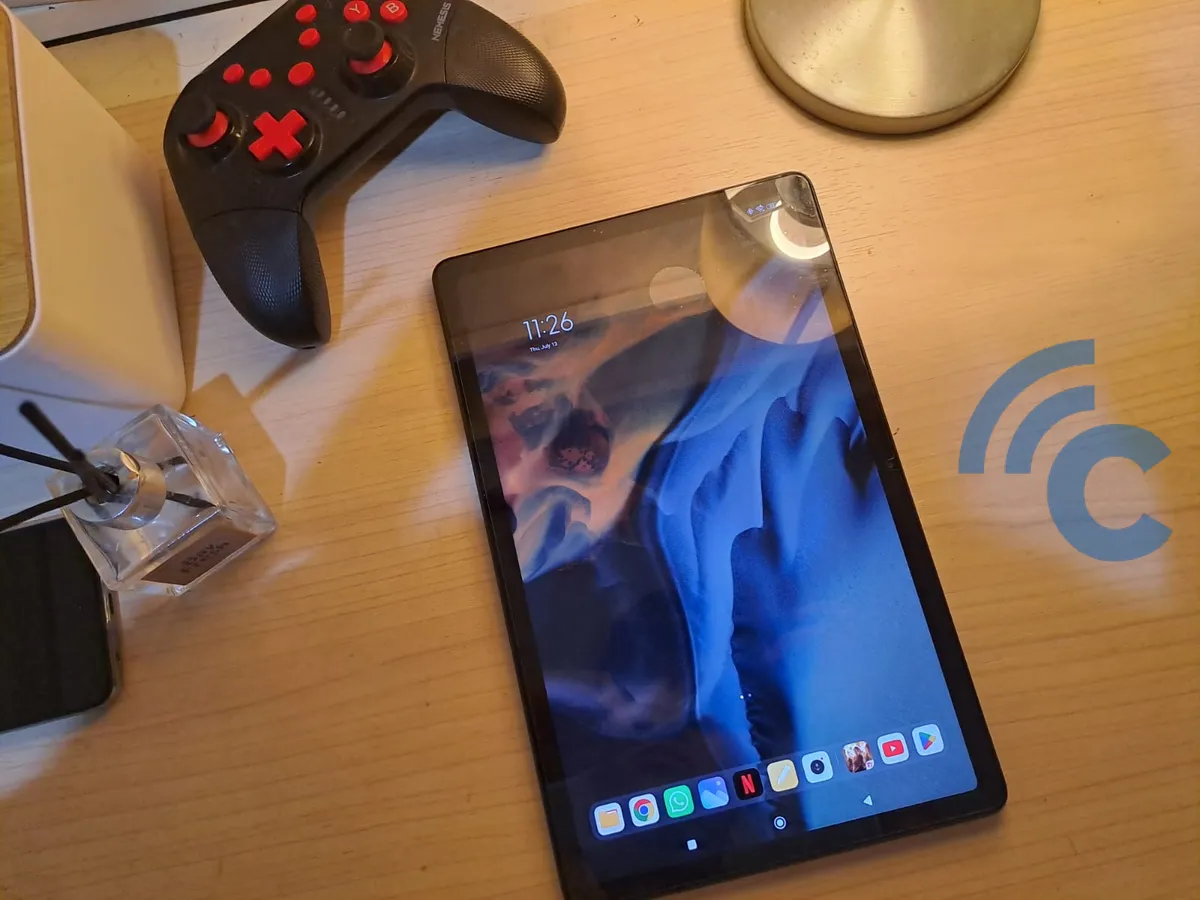
The tablet features adequately thick bezels on all four sides, contributing to maximum comfort while enjoying content on the screen. Users won't feel any discomfort or have any obsessive-compulsive tendencies due to the symmetrical bezel thickness. These thick bezels also provide a comfortable grip, preventing accidental touches on the screen during use.
In addition, the Redmi Pad is available in an array of vibrant colors, ensuring that there is something for every user's preference. For a professional appearance, Graphite Gray and Moonlight Silver are great options.
Alternatively, the Mint Green option offers a stylish and visually appealing tosca green hue for those who want a more colorful and vibrant appearance. This selection of colors surpasses the iPad Pro 12.9 (2022), which offers only gray and silver.
Cons of Redmi Pad
Every product has its imperfections, and the Redmi Pad, despite being sold at an affordable price, is no exception. Xiaomi had to make certain trade-offs to keep the cost down. Let's explore some aspects where the Redmi Pad may have some limitations.
1. Limited Multitasking Capabilities
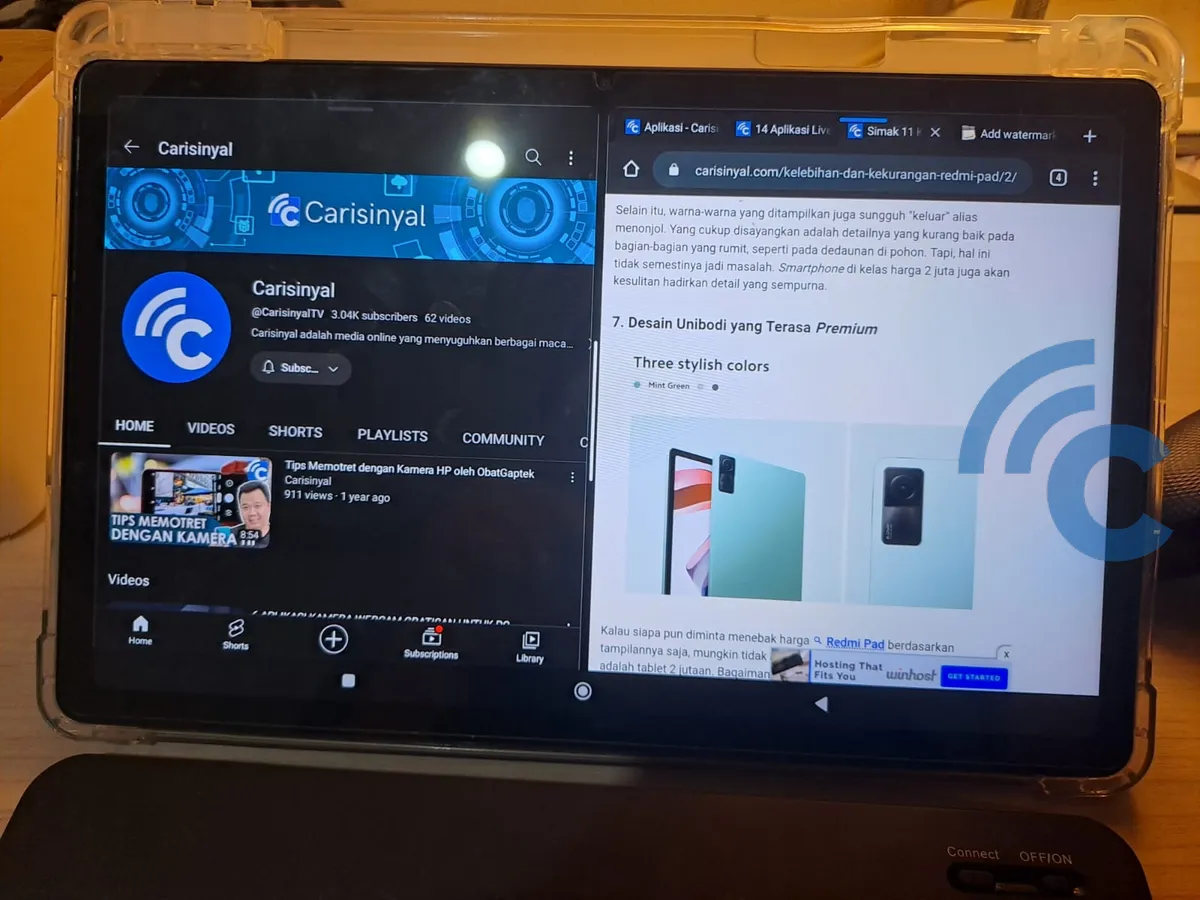
The Redmi Pad has the potential for sophisticated multitasking capabilities due to its larger display. However, the current implementation falls short of expectations. While the tablet can perform split-screen with one window at 1/3 size and the other at 2/3 size, it lacks free-form resizing and the ability to show all three windows.
Running on the Android 12 operating system with MIUI 13.1, the Redmi Pad's interface resembles that of smartphones, leading to limited optimizations for tablet use. The Smart Sidebar offers some shortcuts to preferred applications, opening them as floating windows for quick access.
However, the multitasking feature could be developed, especially considering the larger screen size of the tablet. While some variants support split-screen, the most affordable model with 3 GB of RAM lacks this feature entirely.
It is important to note that future software updates and improvements may address these limitations, but the Redmi Pad's multitasking capabilities currently have room for enhancement.
As of my most recent knowledge update in September 2021, Xiaomi was well-known for regularly releasing updates to enhance device performance and introduce new features. Therefore, it is possible that the company has already addressed some of these limitations or has plans to do so in future software updates.
2. No 3.5 mm Jack Audio Port

The Redmi Pad, being an affordable tablet, lacks a 3.5 mm audio jack, which came as a surprise. This omission has two implications.
First, only wireless earphones are compatible with the tablet. If they prefer conventional earphones, they must use a 3.5 mm to USB type-C adaptor.
3. Tanpa Sensor Pemindai Sidik Jari
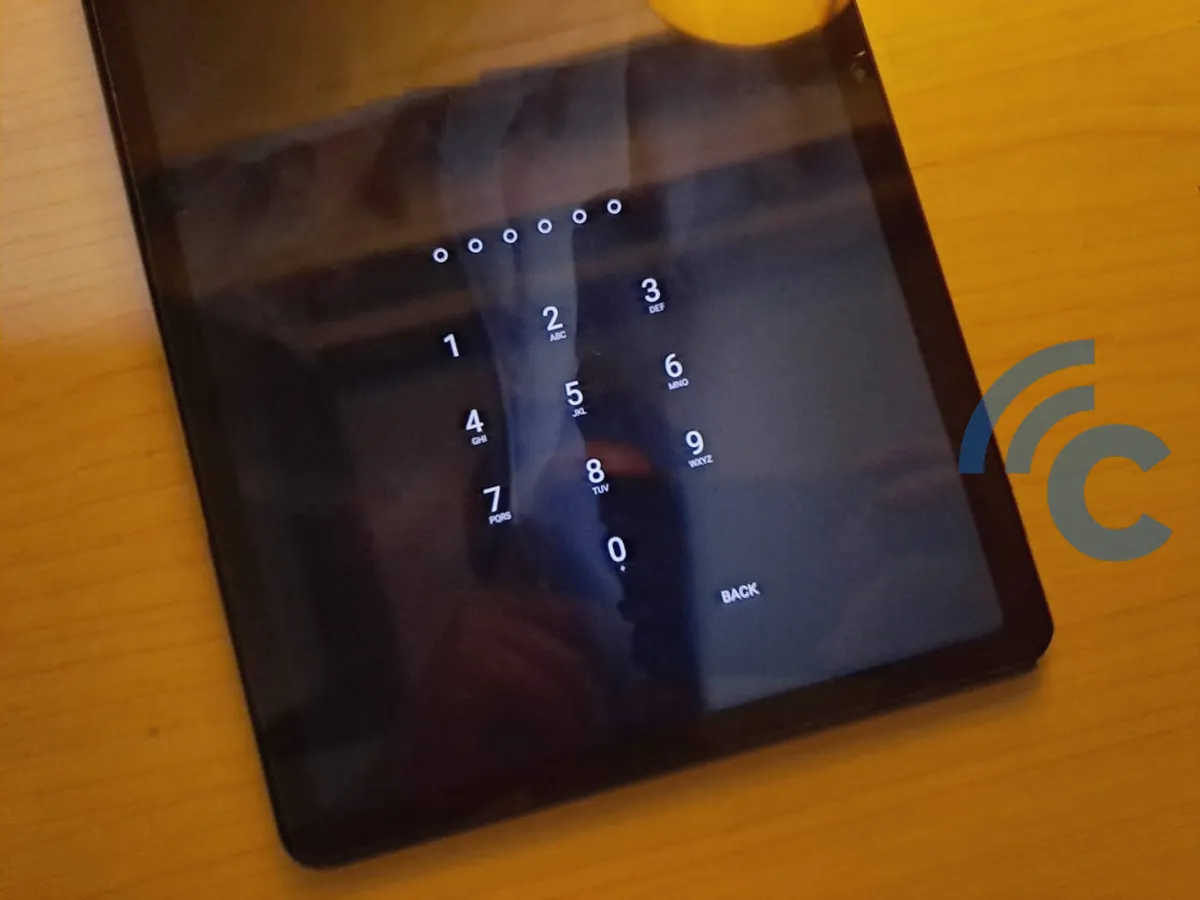
One of the notable features missing from the Redmi Pad is a fingerprint scanner. While the device offers the convenience of Face Unlock for quick screen access, some users may find it disappointing not to have the additional option of a fingerprint scanner.
4. No Cellular Variant
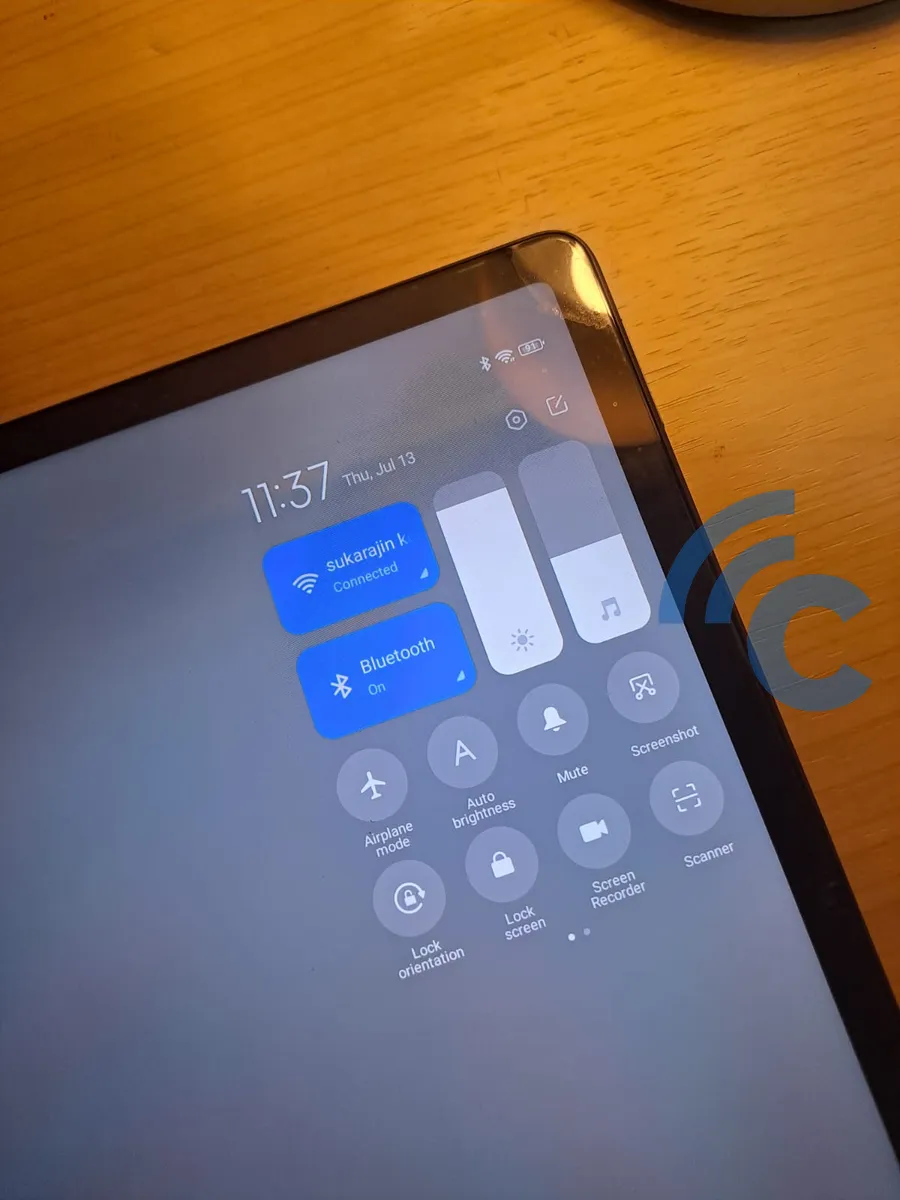
The Redmi Pad is only available in a WiFi-only configuration; there is no LTE-capable cellular network version. Since it can only connect to the internet through WiFi networks, the tablet's functionality is limited when it is used in public or while traveling.
This is consistent with its rivals, the OPPO Pad Air and Honor Pad 8, neither of which support LTE. If you require a tablet with LTE connectivity in a comparable price range, alternatives such as the Samsung Galaxy Tab A8 and realme Pad are available.
Both the Samsung Galaxy Tab A8 and realme Pad have SIM card ports, allowing users to connect to the internet via cellular networks at any time and in any location, even when WiFi is unavailable.
Conclusion
The Redmi Pad is only available in a WiFi-only configuration; there is no LTE-capable cellular network version. Since it can only connect to the internet through WiFi networks, the tablet's functionality is limited when it is used in public or while traveling.
This is consistent with its rivals, the OPPO Pad Air and Honor Pad 8, neither of which support LTE. If you require a tablet with LTE connectivity in a comparable price range, alternatives such as the Samsung Galaxy Tab A8 and Realme Pad are available.
Both the Samsung Galaxy Tab A8 and Realme Pad have SIM card ports, allowing users to connect to the internet via cellular networks at any time and in any location, even when WiFi is unavailable.
Due to its limited multitasking capabilities, I would not recommend purchasing the most affordable model of the Redmi Pad. The 64 GB of internal storage may also seem inadequate by today's standards. However, there are higher-end models with 4 GB/128 GB and 6 GB/128 GB of RAM, which offer enhanced performance and storage capacity.
Redmi Pad is ideal for those who seek a larger screen experience without having to resort to a laptop. It has a visually appealing display with vivid color reproduction, making it ideal for video viewing and immersive gaming.
However, potential buyers should be aware that the Redmi Pad lacks cellular connectivity, which may limit its use in public places without WiFi access. If constant internet connectivity is essential, tablets like the realme Pad with SIM card support might be more suitable options.
On the bright side, users can overcome the lack of cellular connectivity by utilizing mobile hotspots from their smartphones. Nonetheless, considering the increasing reliance on cellular networks for internet access, the absence of this feature may be a drawback for some users.
Overall, the Redmi Pad does not seem to have any major deal-breaker flaws. It provides a well-rounded and functional tablet experience at an affordable price point. Whether to buy or not depends on your needs and preferences.
As of my most recent update, the markets for consumer electronics are continuously evolving, and new tablet models with enhanced features and capabilities may have been released since then.
I suggest keeping up with the most recent product releases and customer reviews in order to make an informed decision on the best tablet for your particular needs. Feel free to share your opinions on the Redmi Pad or other tablets in the comments section below.
